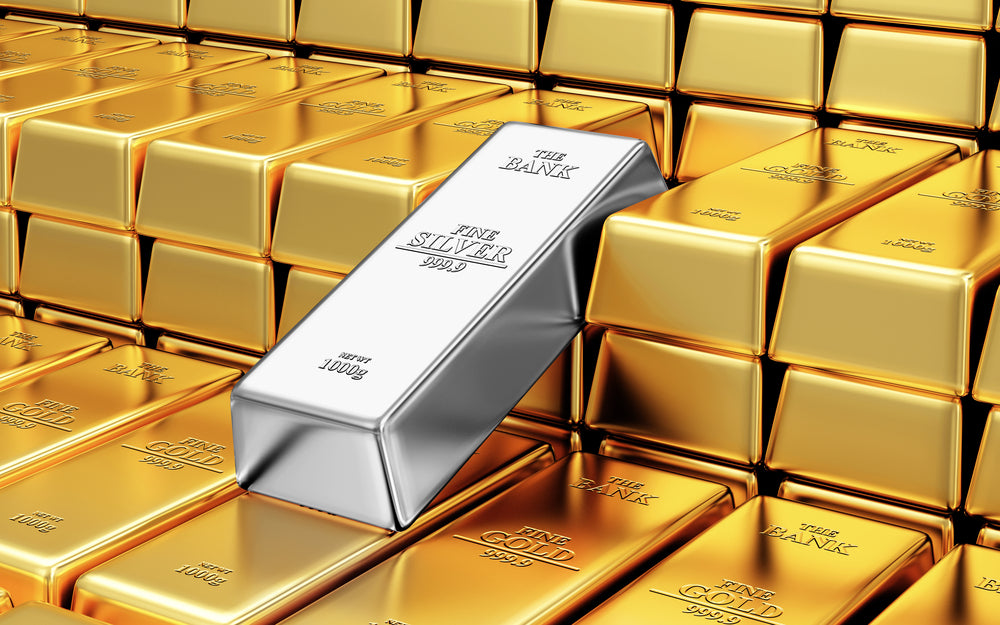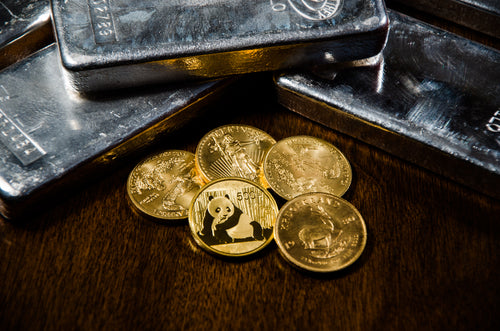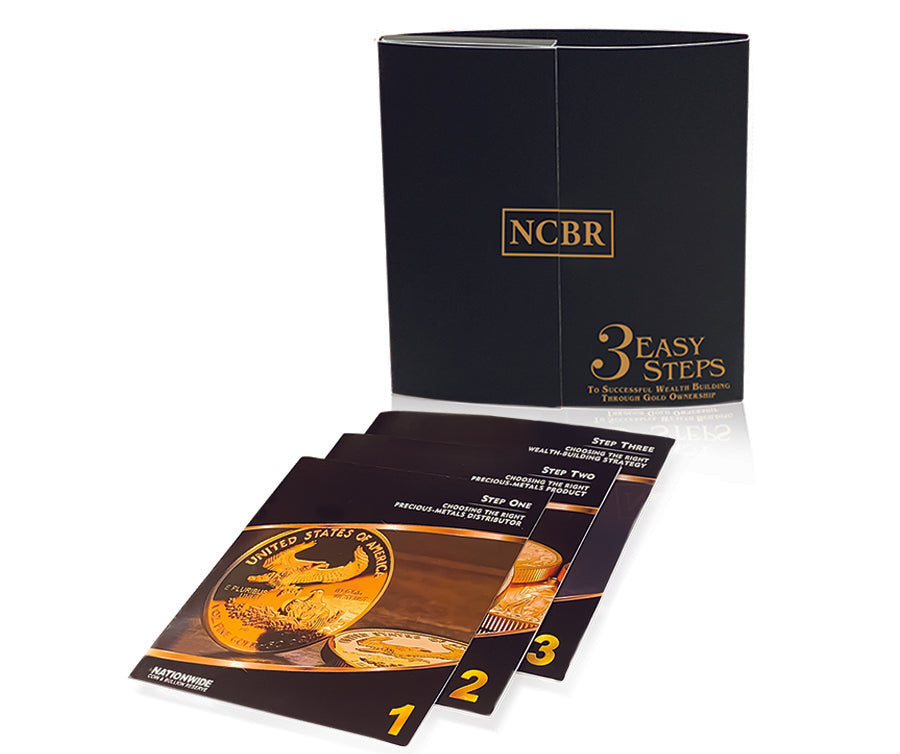The gold-silver ratio, the price of gold relative to silver, hit 90 in early June, its highest level in 26 years. That means one ounce of gold was worth 90 ounces of silver, far above the historical norm and approaching the 1991 peak when the ratio hit 100.
Some active bullion and coin traders play the gold-silver ratio, exchanging gold for silver when the ratio reaches exceptionally high levels, then doing the opposite when the ratio falls in an effort to maximize their holdings of precious metals. So far this year, though, it would be a losing trade, as gold climbed 3.5 percent through early June, while silver pulled back 5.5 percent.
GOLD HAS BEEN RISING RELATIVE TO SILVER FOR MUCH OF THE DECADE, AFTER SILVER PEAKED AT $50 IN 2011. SILVER NOW TRADES CLOSE TO $15 AN OUNCE.
The ratio may continue rising if the trade war between the United States and China escalates. The conflict has triggered some safe haven buying, a benefit to gold. But silver is likely a loser from the conflict because more than half of its global consumption comes from industry. In particular, a prime use for silver is in semiconductors that are the brains of computers and smartphones, both of which are manufactured in China. Asia accounts for nearly 60 percent of silver’s industrial demand, so any slowdown in trade with China could weigh against the price of silver.
Rather than trading between the two precious metals in search of a short-term gain, if you wish to acquire silver it may be best to simply purchase now at a historically low price, relative to gold, and hold for the long term.
Real Time Precious Metals Data Below








